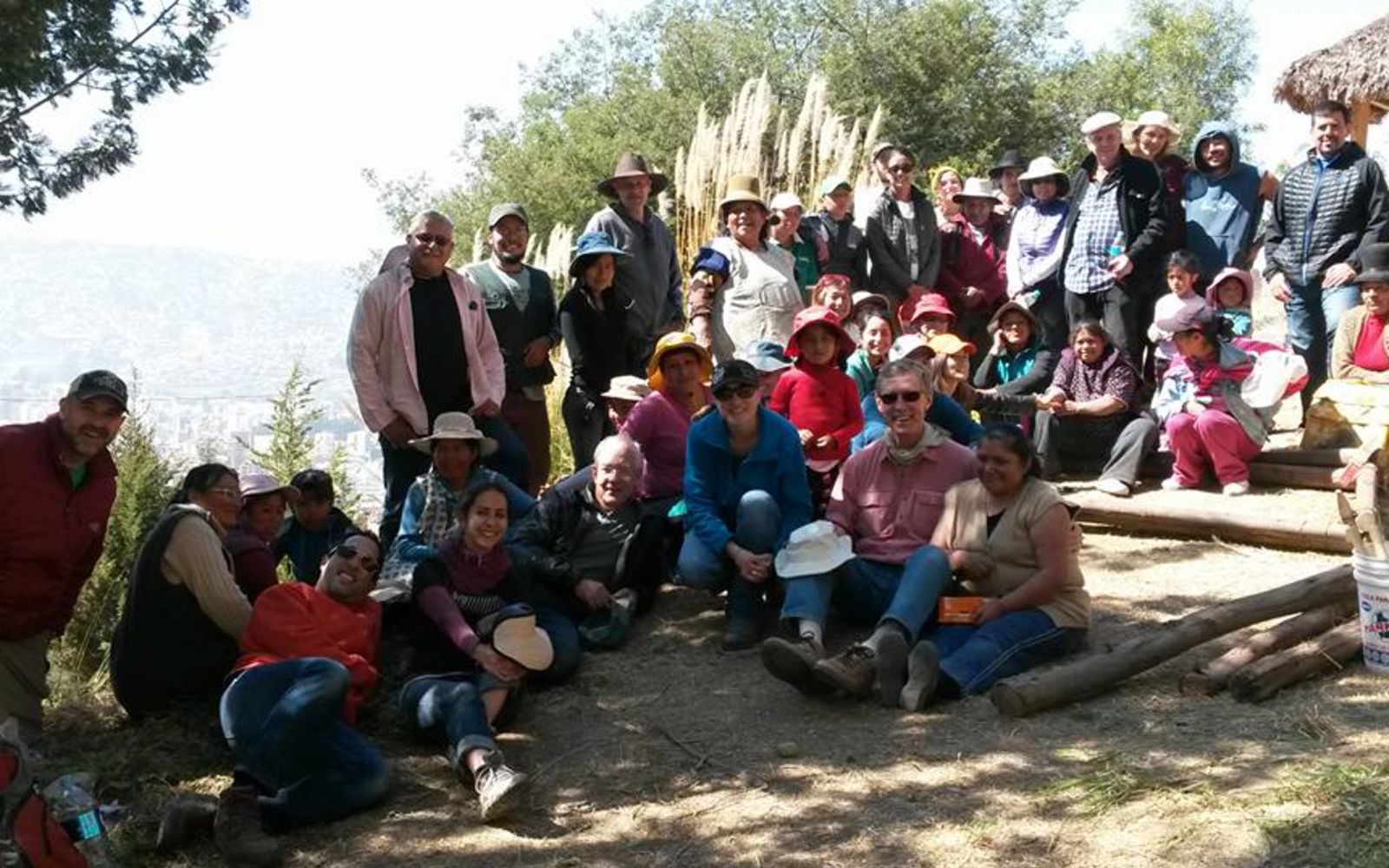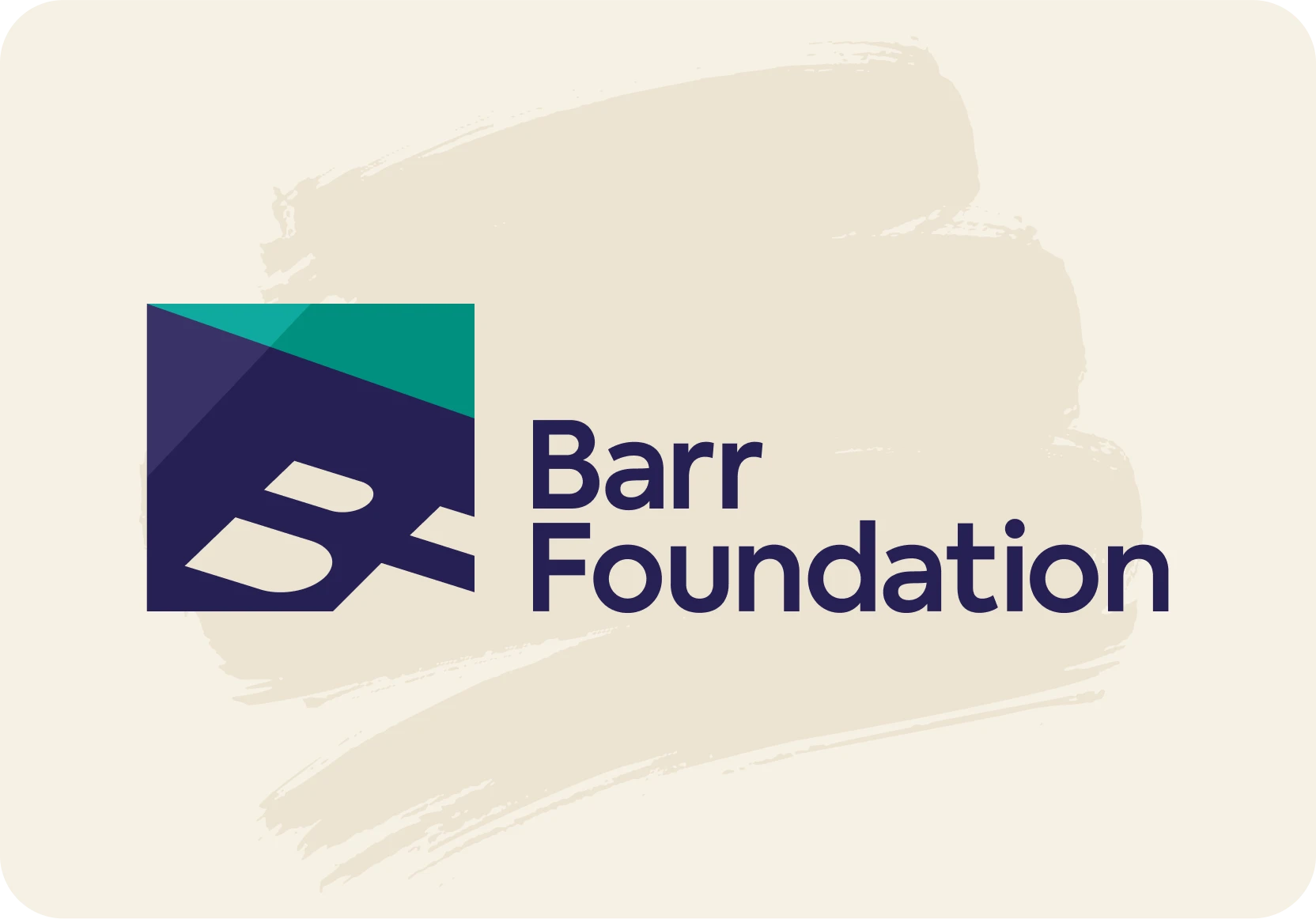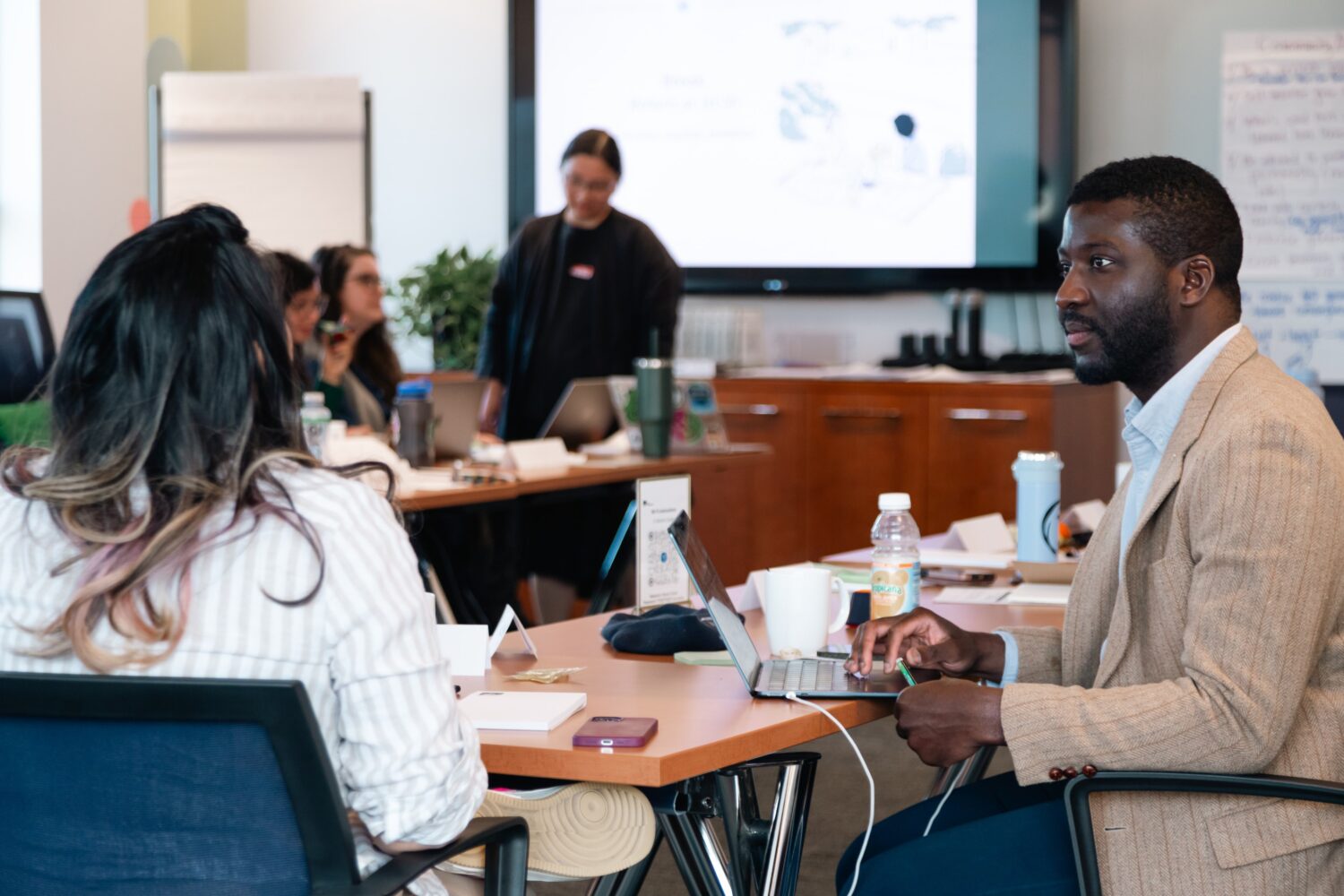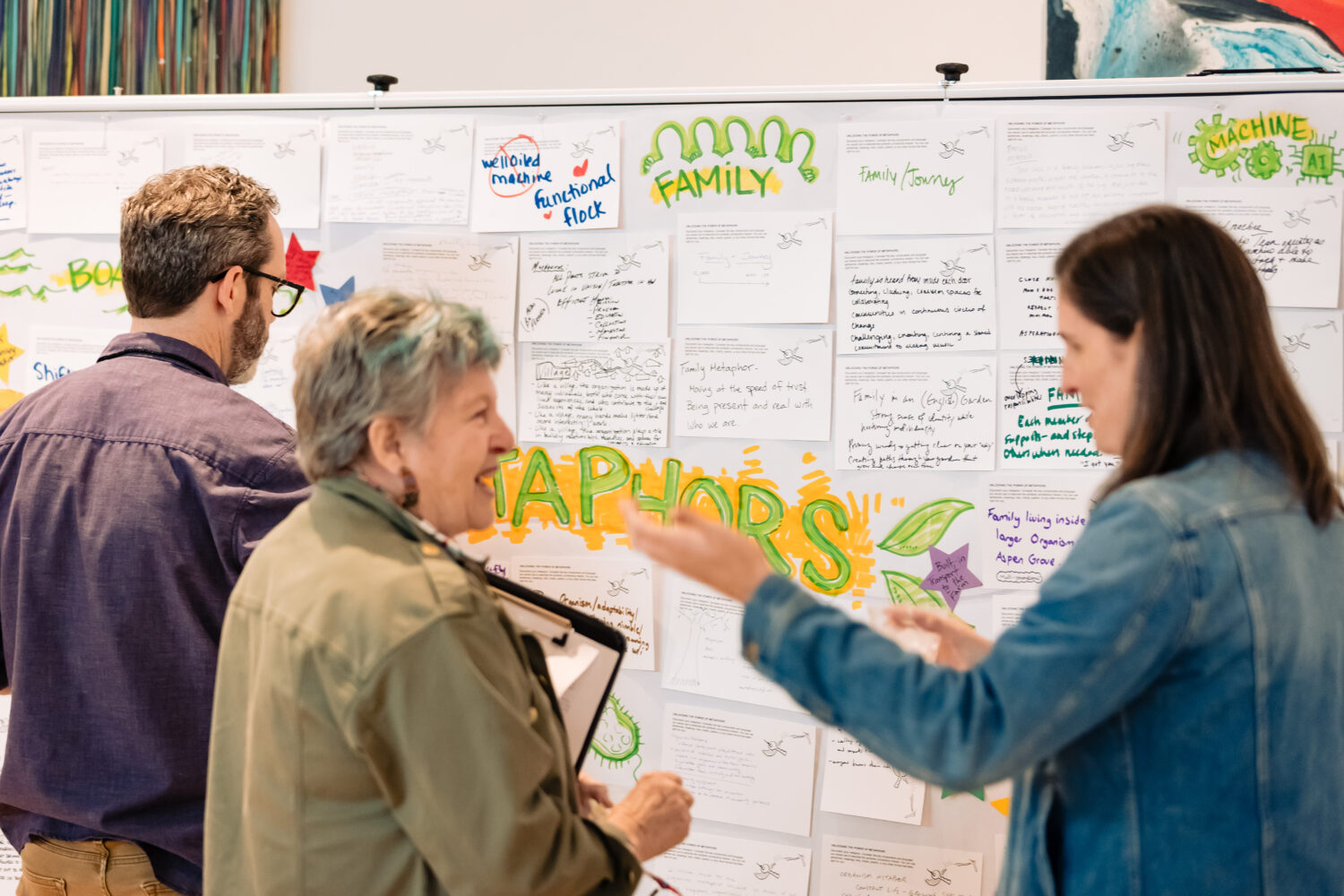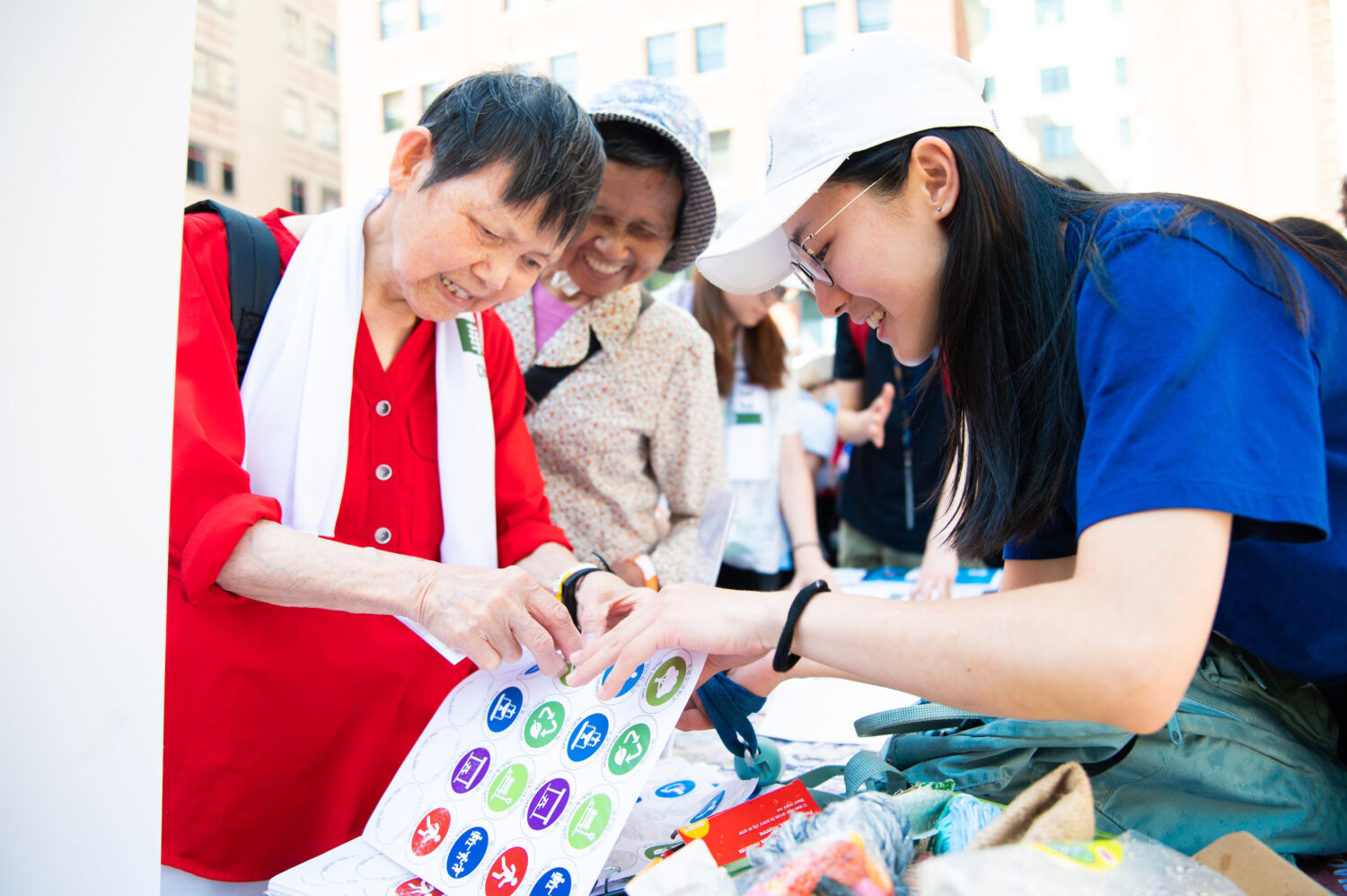Since “Networking a City”—a case study on the Barr Fellowship—appeared in the Summer 2012 issue of the Stanford Social Innovation Review, we’ve been doing some more writing and guest-blogging about the Fellowship and what we have been learning from it.
By way of a quick round up…
- “The Collective Impact of Love” was a guest post by Barr’s Stefan Lanfer on Beth Kanter’s blog summarizing some of the key findings of the SSIR case study, in particular the idea of love as a potent force for social change.
- Stefan expanded on this idea in “Impact at First Love” for The Philanthropic Initiative’s Deep Social Impact blog, offering the Fellowship as one example of an approach to philanthropy that “blends both art and science—one that depends on logic, left-brain analytics, and explicit outcomes, while remaining open to complexity, disruption, and emergence.”
- In “Want to Bridge? Disrupt!”, a guest post I did for the Social Capital Blog of Harvard’s Saguaro Seminar, I focused on the importance of disruption for Fellows to forge authentic relationships across all kinds of difference.
- In “First Relationships. Then Results.”—a longer piece in the quarterly journal of the National Committee for Responsive Philanthropy—Stefan went deeper on the network theory and how a decision by Barr to focus on the Fellowship as a “connectivity” rather than “action” or “alignment” network enabled Barr to be more responsive than directive about the kinds of collaborations and collective action that emerged from the Fellows.
For the most part, these have focused—and rightly so—on the ways the Fellowship has impacted Fellows themselves and on the unlikely and powerful collaborations that are beginning to emerge from their network. What has been less of a focus, however, is something that has proved incredibly vital to me and to Barr. Call it a happy accident or unintended consequence—this effort to celebrate, rejuvenate, and connect extraordinary social-change leaders has proved a remarkable gift back to us at Barr. It has enabled authentic relationships, honesty, openness, and real dialogue that I have never before experienced in all my years in philanthropy. This reflection recalled to mind for me an interview I did several years ago for Grantmakers for Effective Organizations as part of its Engage for Results video series.
The video of my chapter (#4) on the Fellowship is below.
